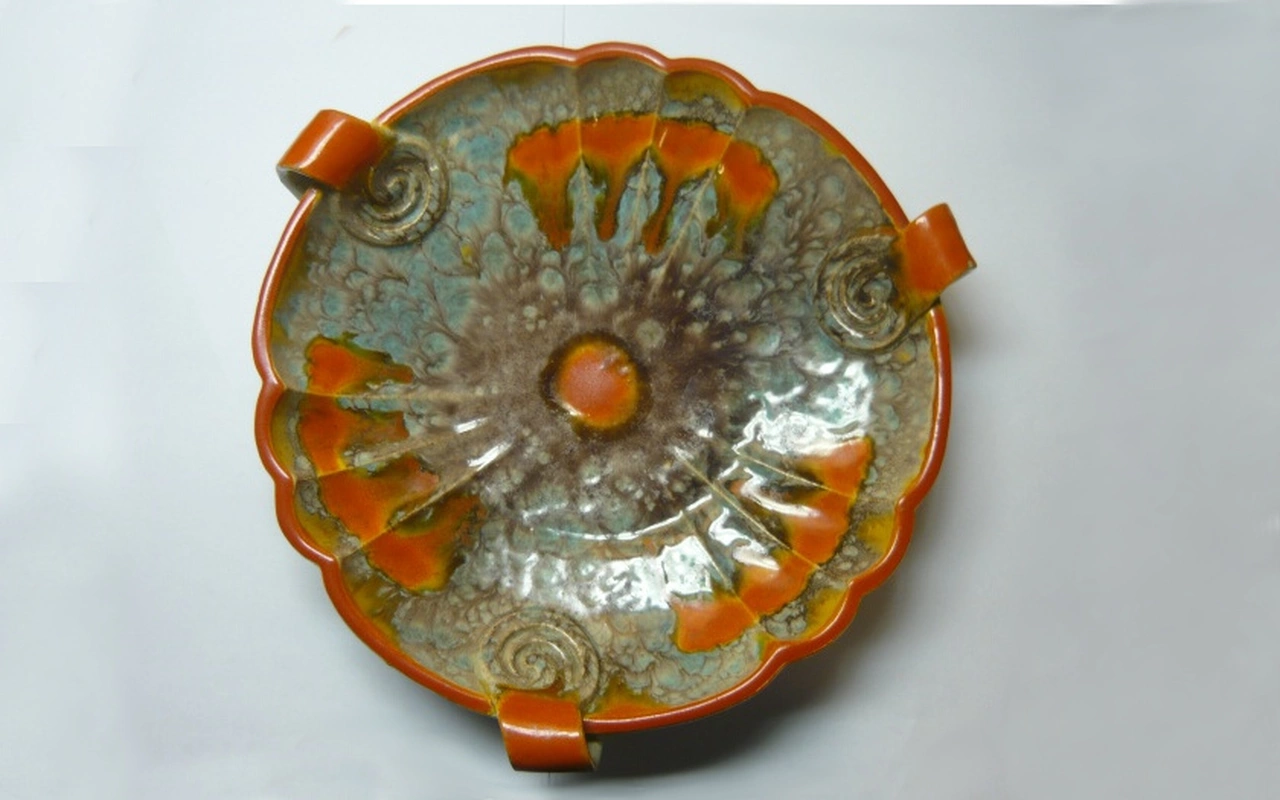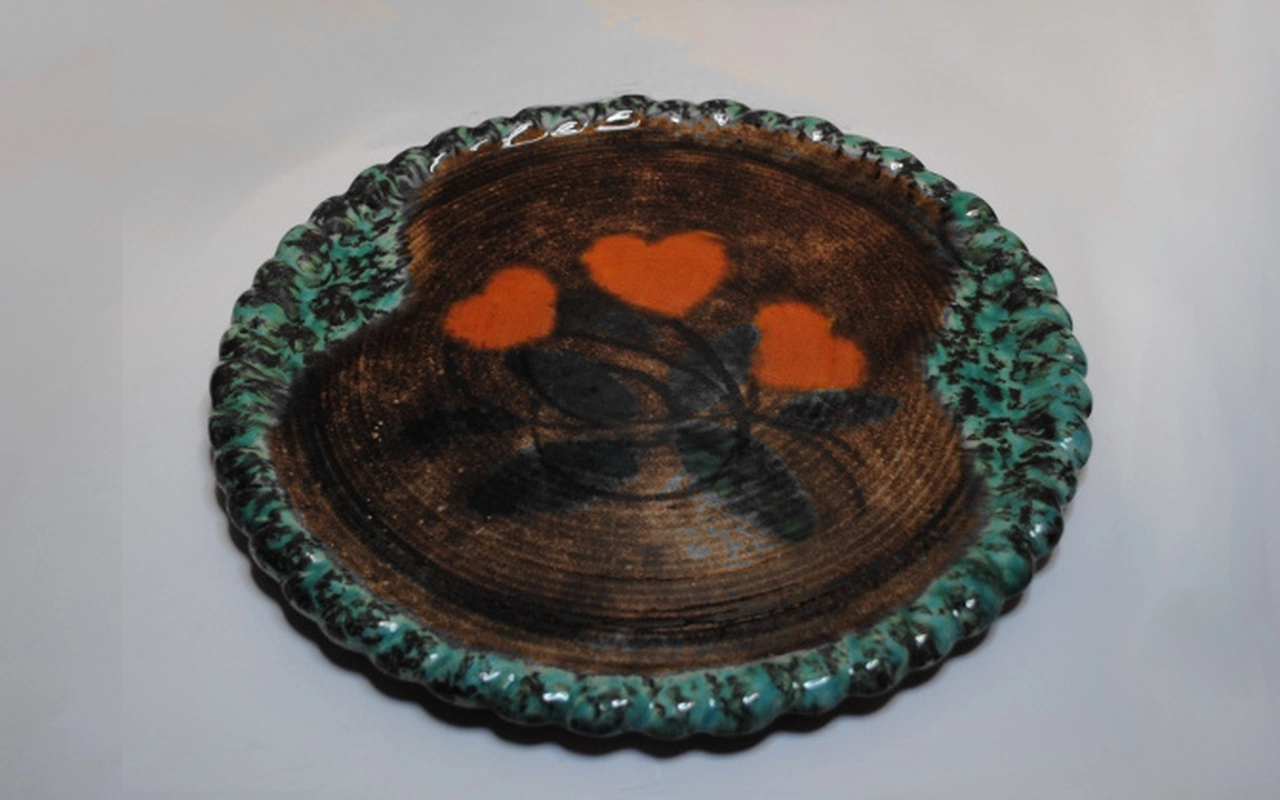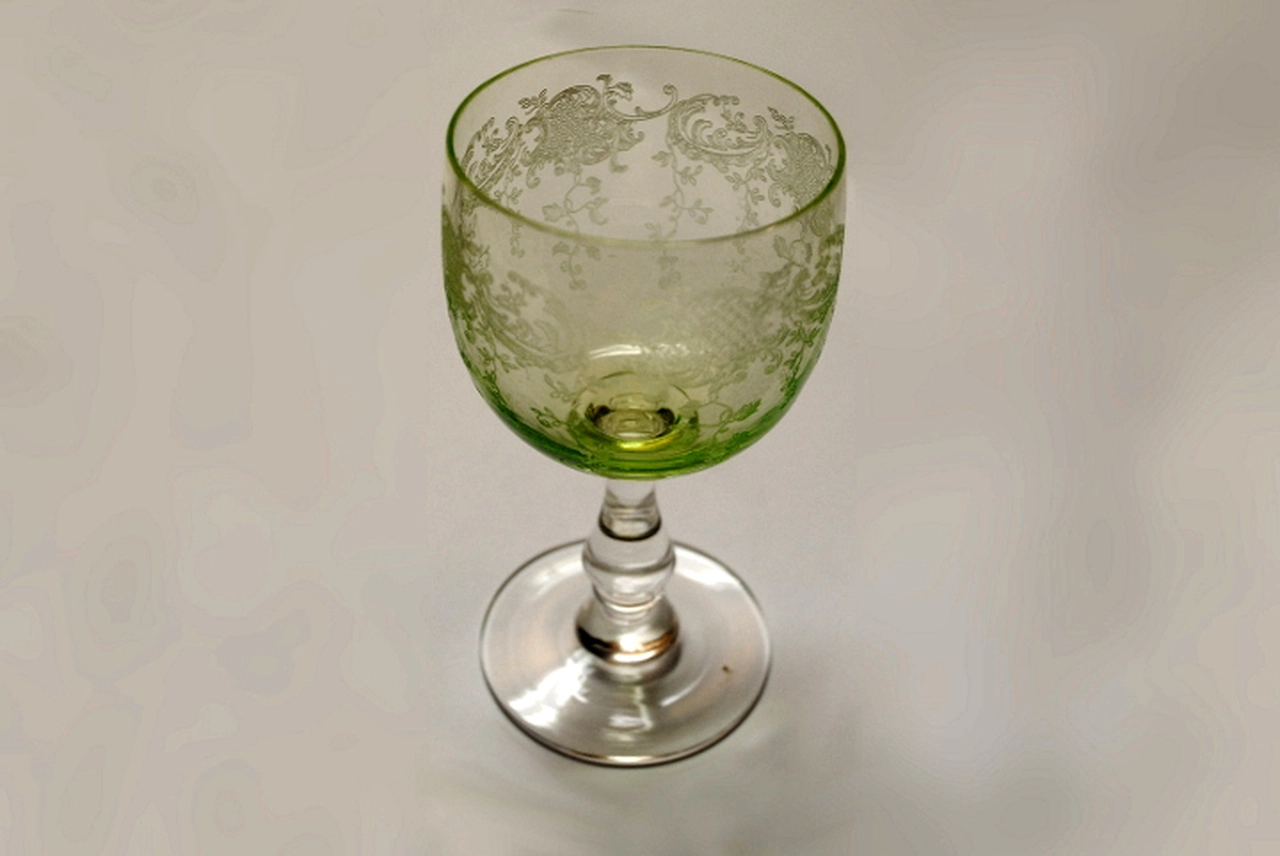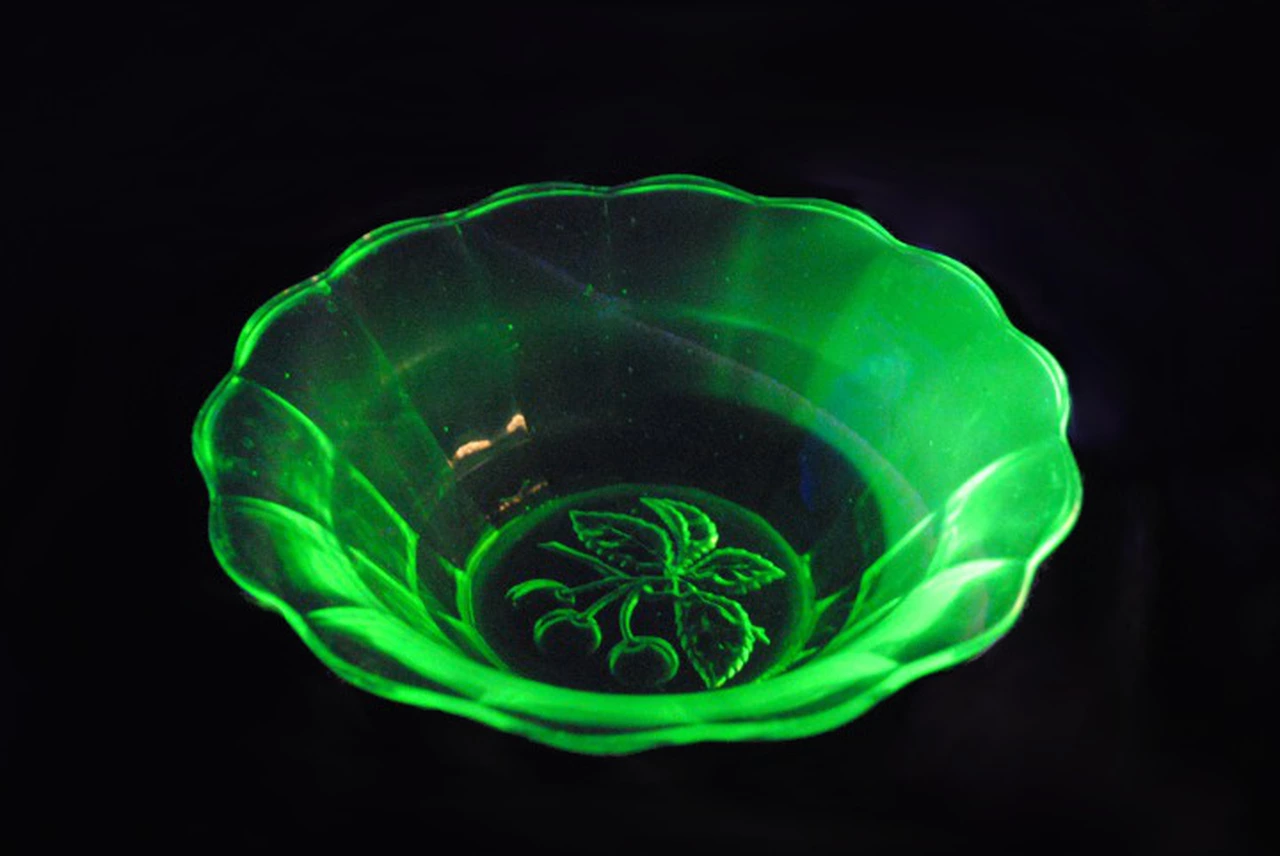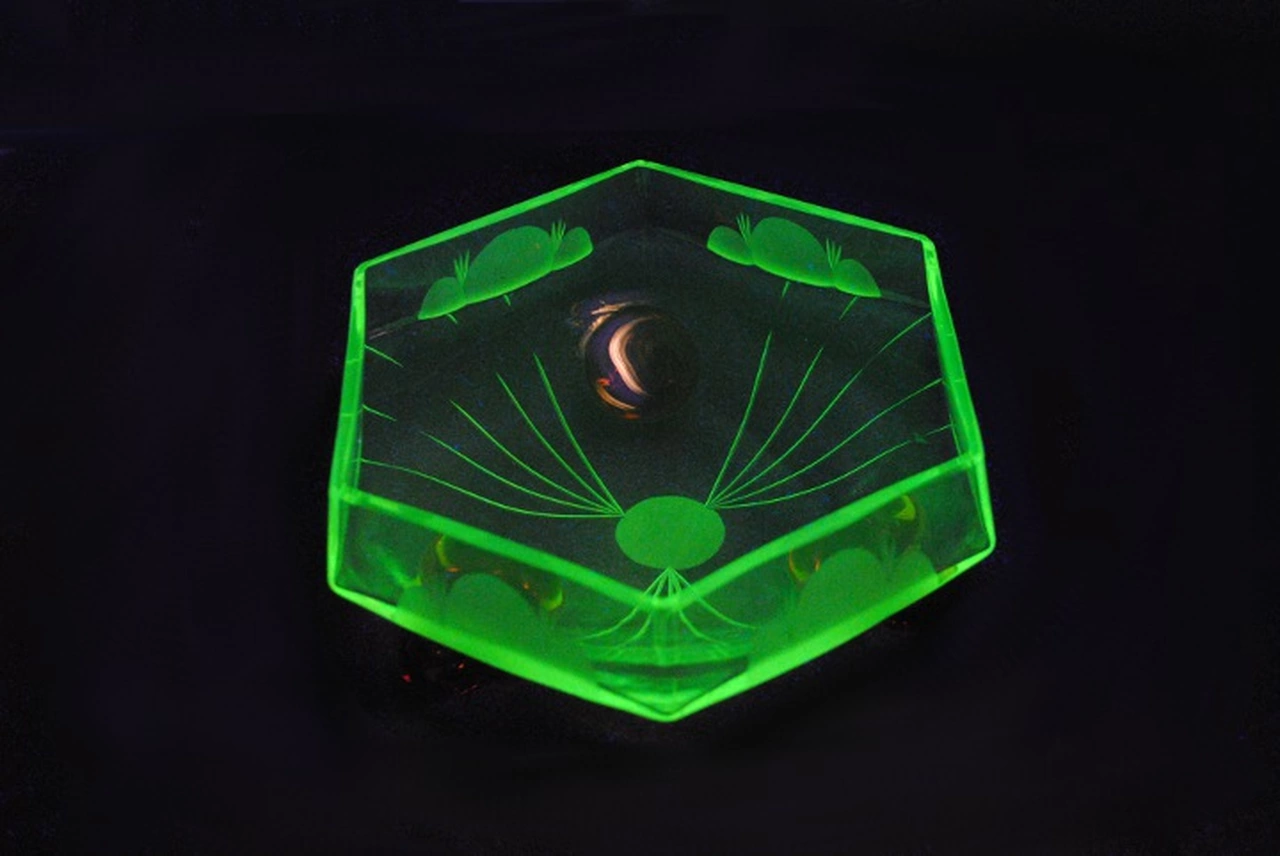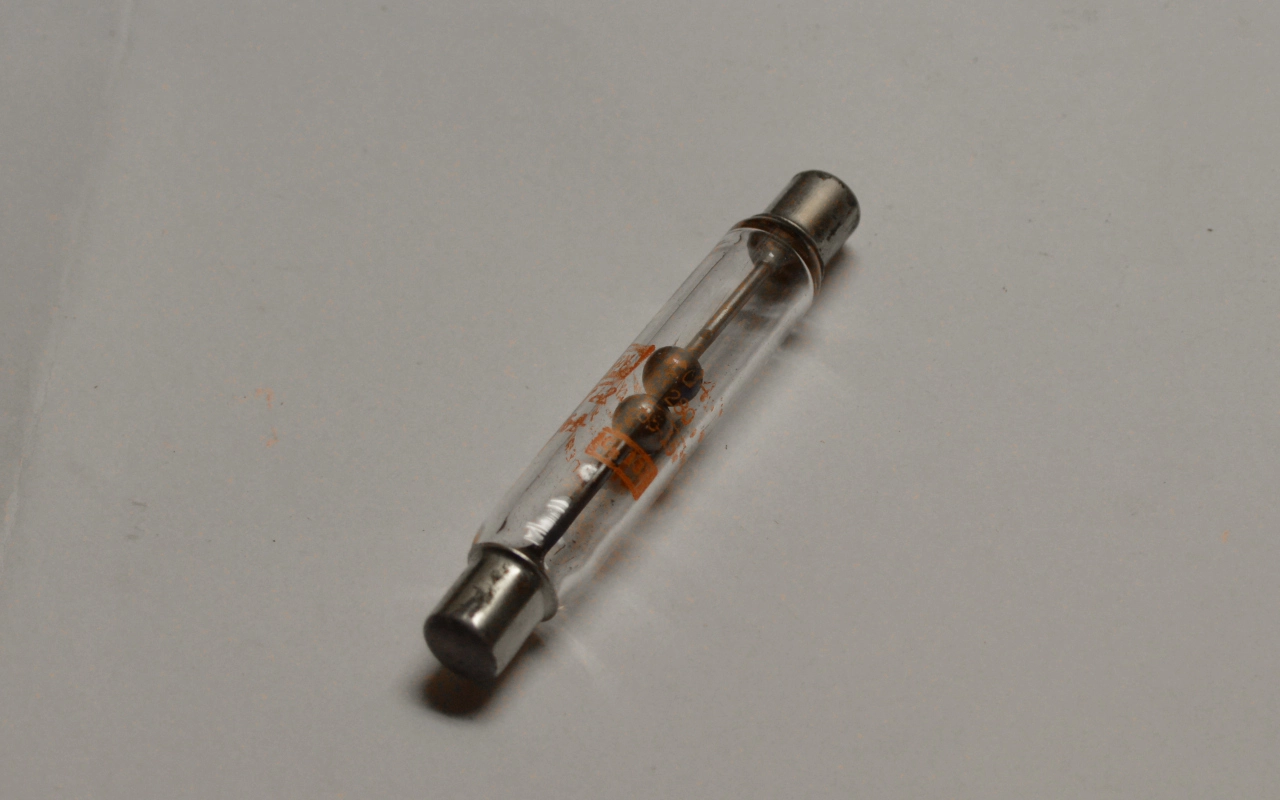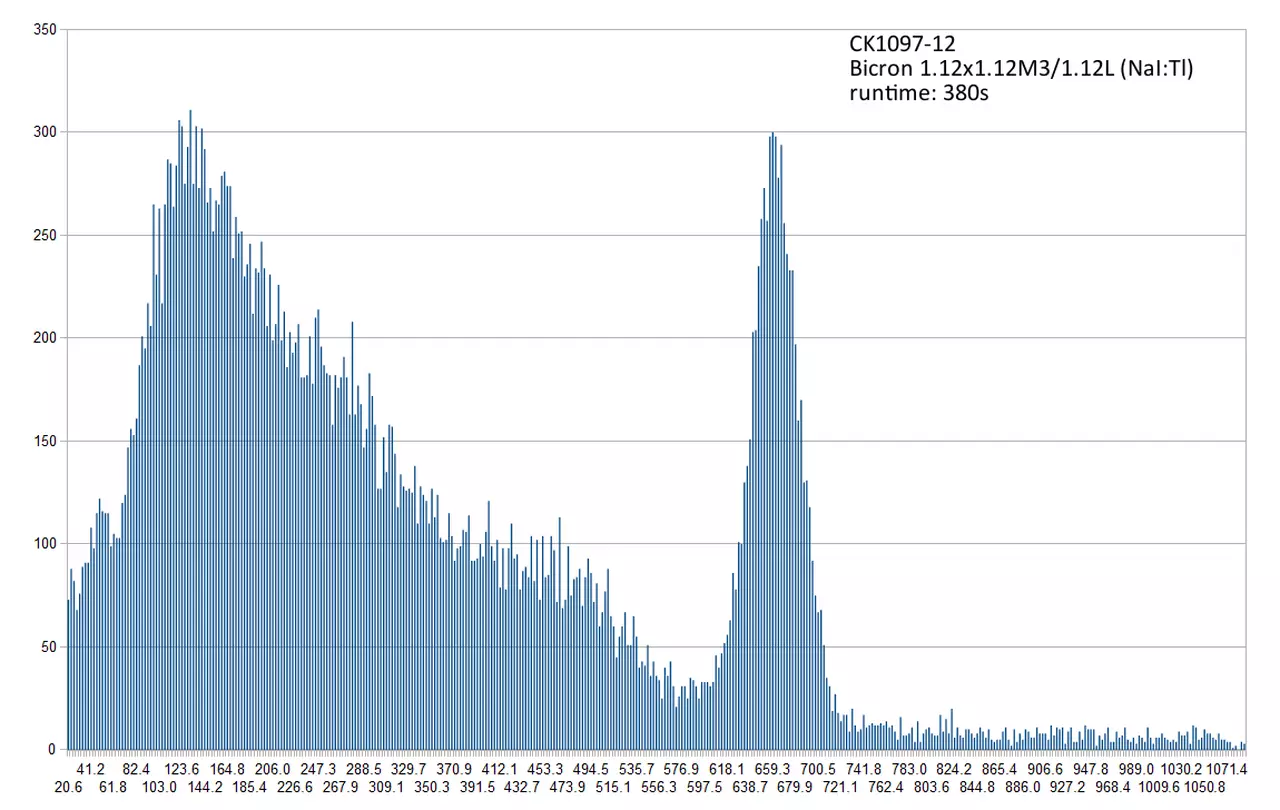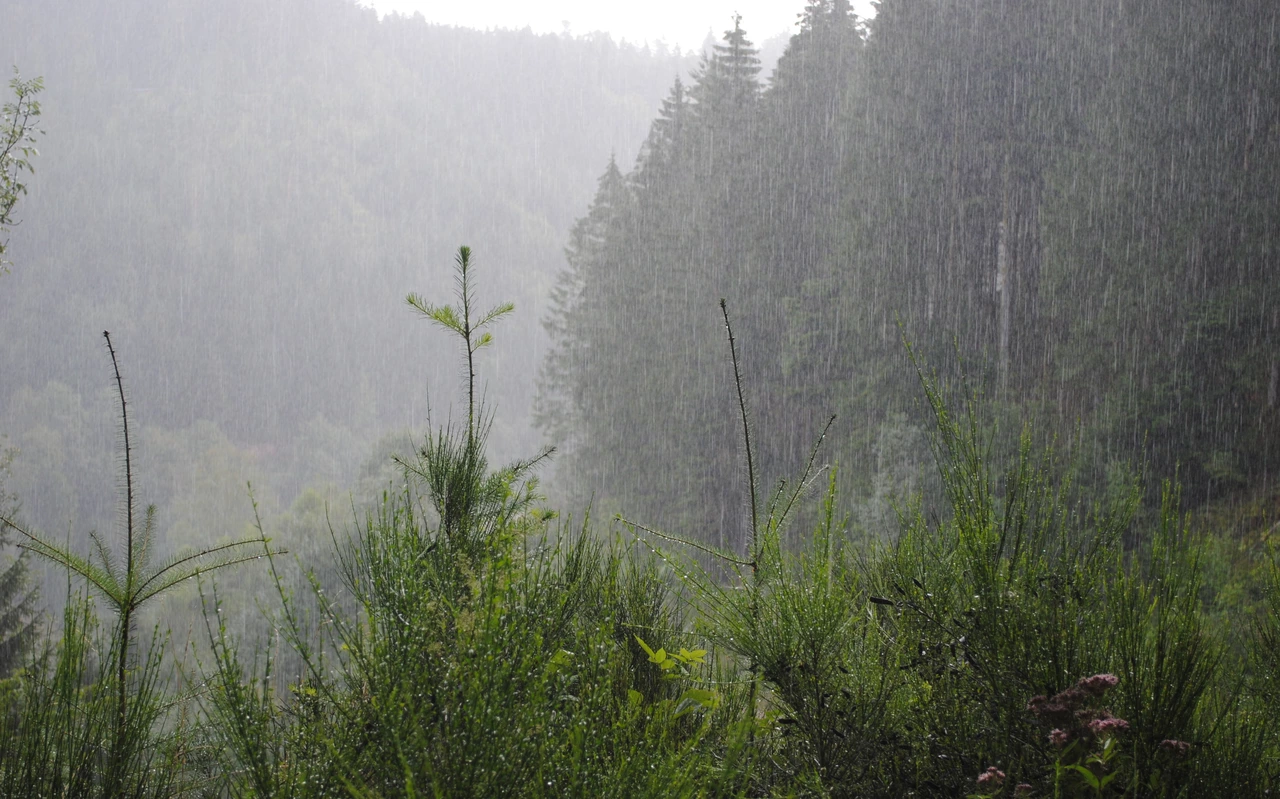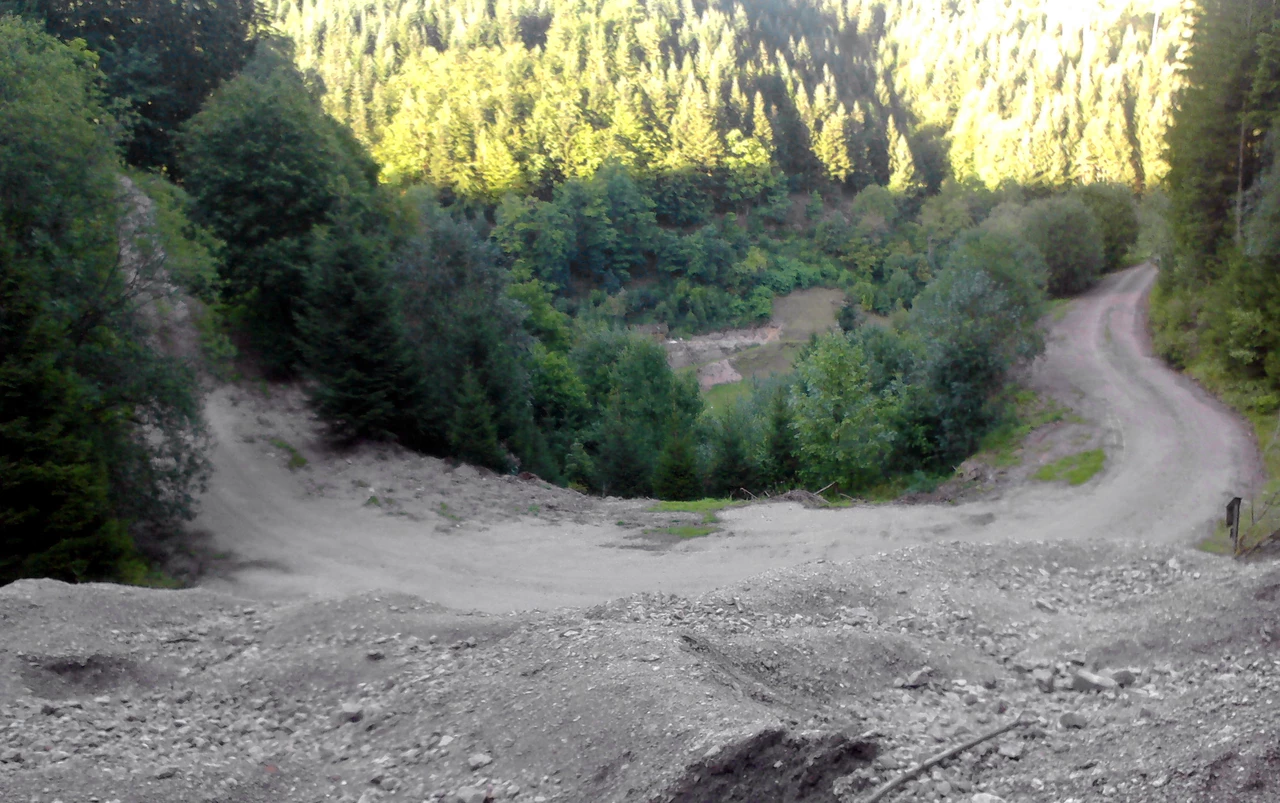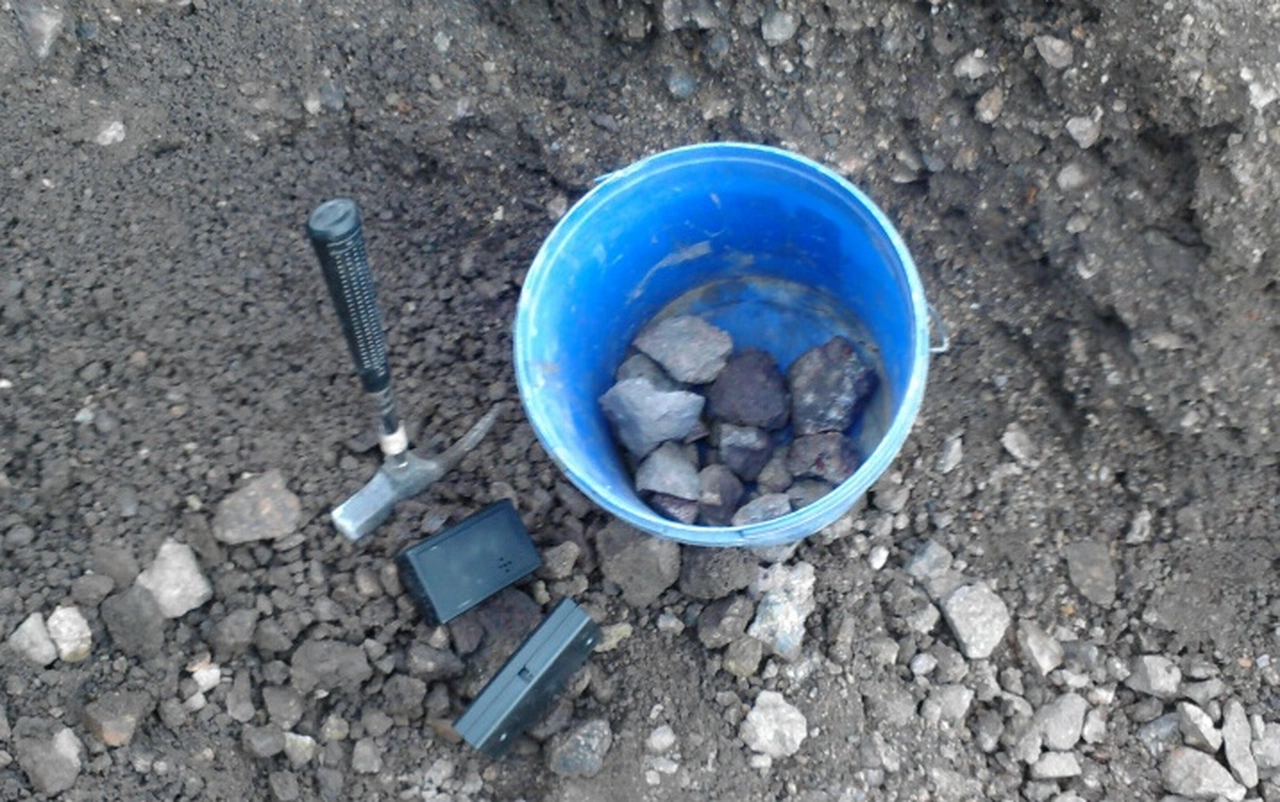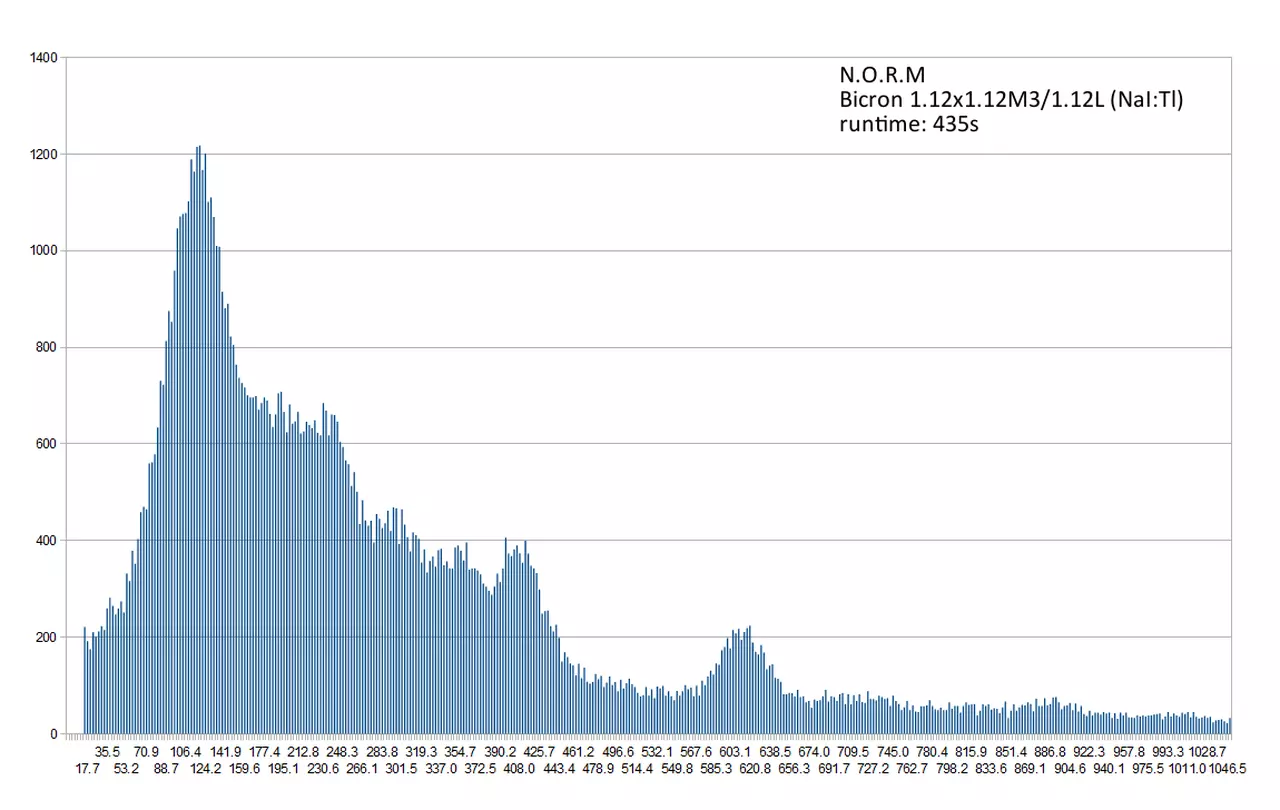Radioactive Day-to-Day Items
Until relatively recently, some radioactive materials were commonly used in everyday items. While these items are radioactive, they are generally not harmful because the quantities of radioactive material are usually low. Furthermore, toxic isotopes were either rarely used or have decayed over time.Uranium Paint
Uranium-painted ceramics are quite common and can be found at many flea markets or antique stores. I came across some old plates decorated with bright orange uranium paint at a thrift shop. These plates are moderately radioactive, primarily emitting beta radiation. The first piece, in particular, caught my attention due to its unique shape.
Uranium Glassware
Uranium glassware was mass-produced during the 20th century and remains widely available in antique stores and flea markets today. Only a small amount of uranium is required to achieve the distinctive color, hence uranium glass is far less radioactive than one might think. Under ultraviolet (UV) light, uranium glass fluoresces in a beautiful green glow. Interestingly, I grew up with the piece of uranium glassware shown in the last picture without realizing it.
Spark Gap Tube
Radioactive isotopes were sometimes used in vacuum tubes for their ionizing properties. This spark gap tube in particular, contains a small amount of Cesium 137 that pre-ionizes the filling gas. Since the tube is quite old, it is barely possible to detect the gamma photons it emits. It was however possible to capture a gamma spectrum of the tube, showing the infamous 662keV decay energy of Cesium 137.
Radioactive Minerals
During a holiday in Europe's Black Forest region, I visited the Schmiedestollen tailings in the village of Wittichen. I had previously researched that uranium ore, in particular Uranium Dioxide (Pitchblende), could be collected. I was initially skeptical if I would find anything, but approaching the tailings, my geiger counters quickly detected increased levels of radiation. An abundance of fellow collectors also convinced me that minerals could be found.
Finding radioactive minerals using a simple geiger counter turned out to be rather difficult. The counting rate on the entire dumpsite was rather high, so it was not possible to distinguish between radioactive and non-radioactive rocks. This is somewhat mitigated by the fact that radioactive minerals are very abundant in Wittichen. I was easily able to find radioactive rocks, but unfortunately did not find pretty minerals. The rocks collected in Wittichen are easily detectable using my geiger counters, but are also only mildly radioactive. I don't know the exact radioactive mineral contained in these rocks, but s gamma spectrum of the rocks indicates the characteristic decay chain of Uranium 235.
After a few hours of collecting, I had a bucket full of radioactive rocks. I did not find any nice minerals and ended up only collecting a few of the smaller pieces.
